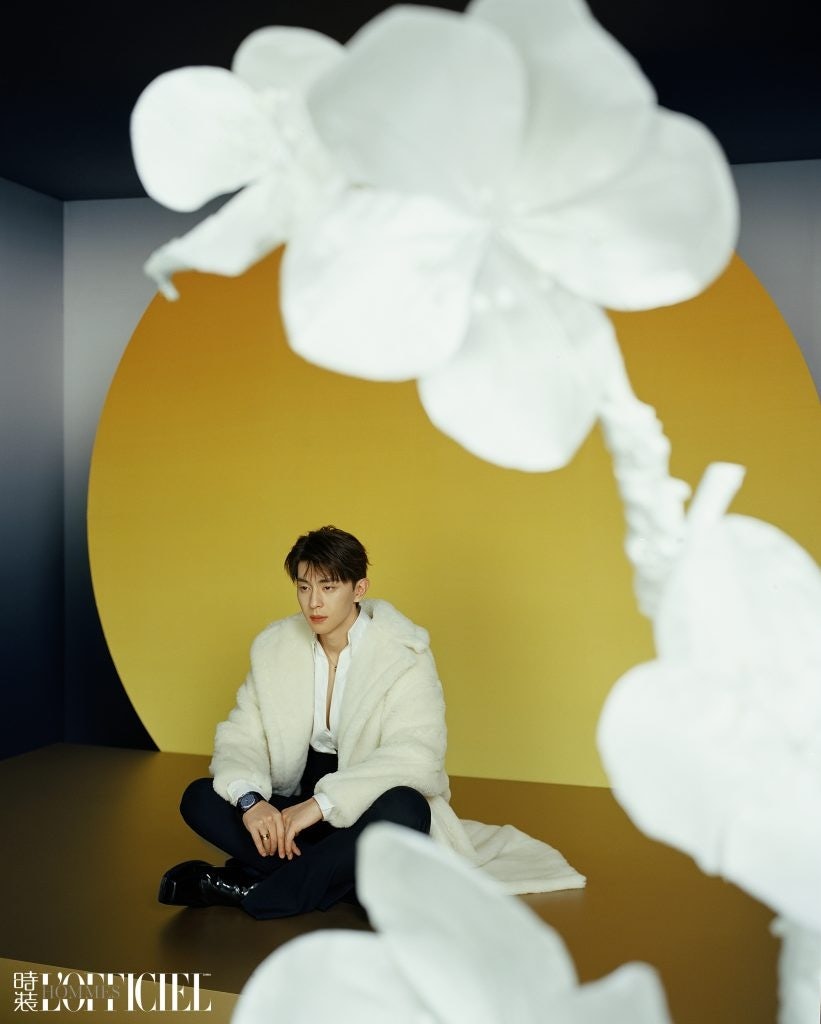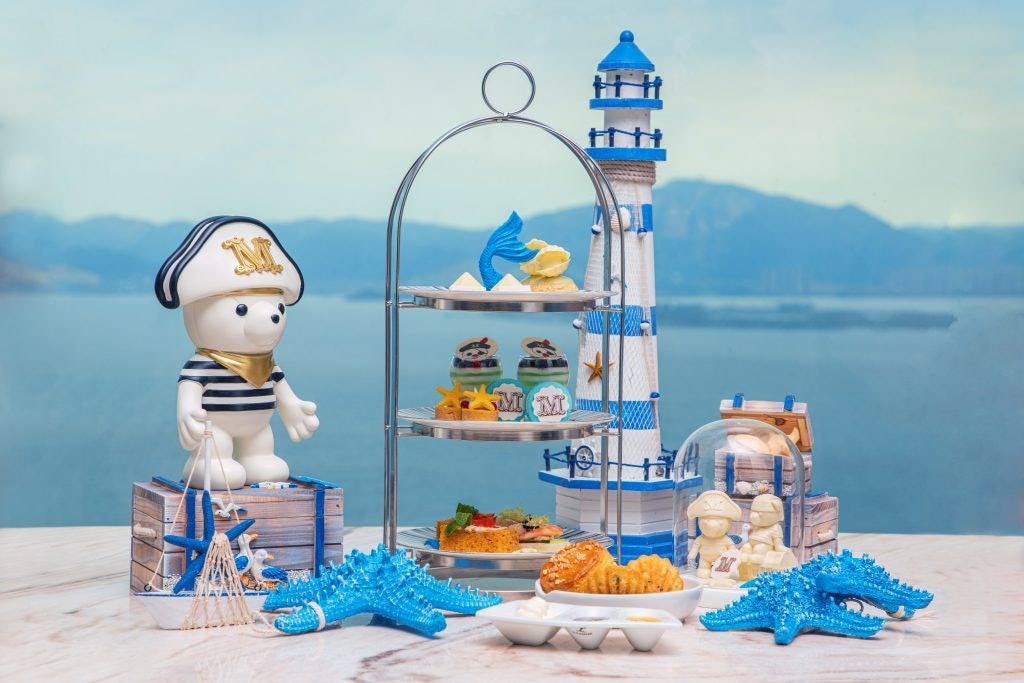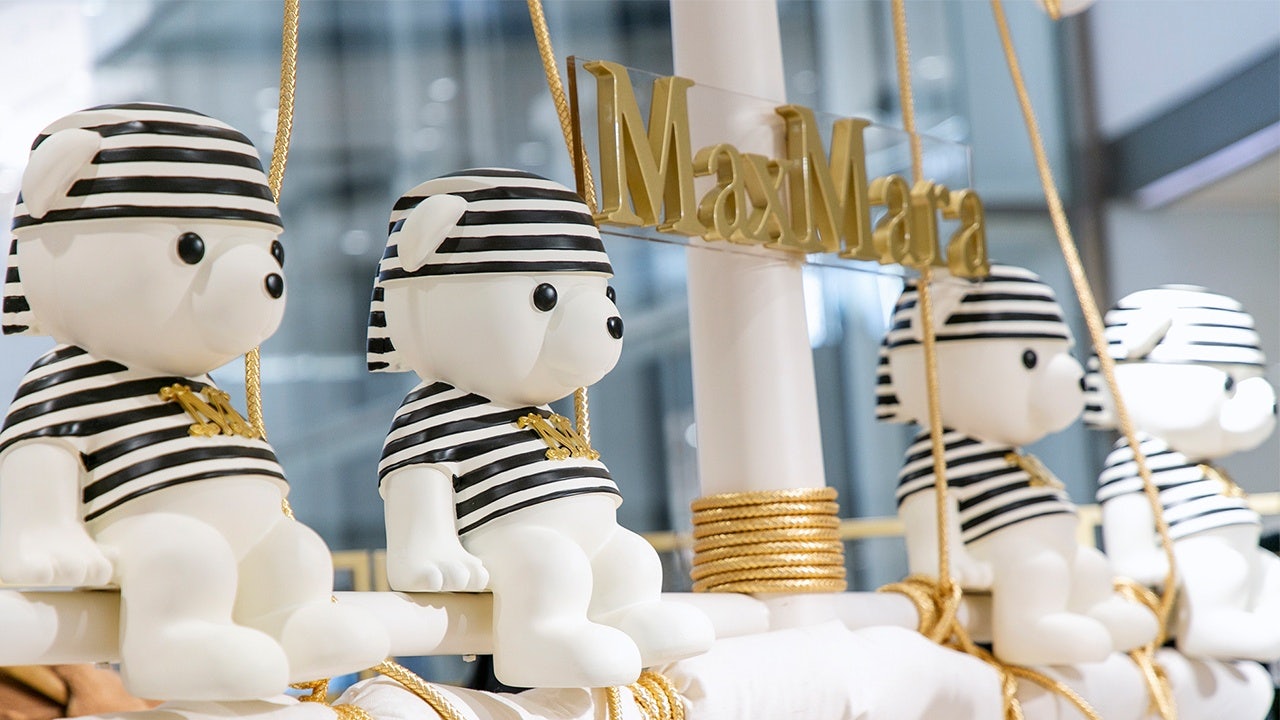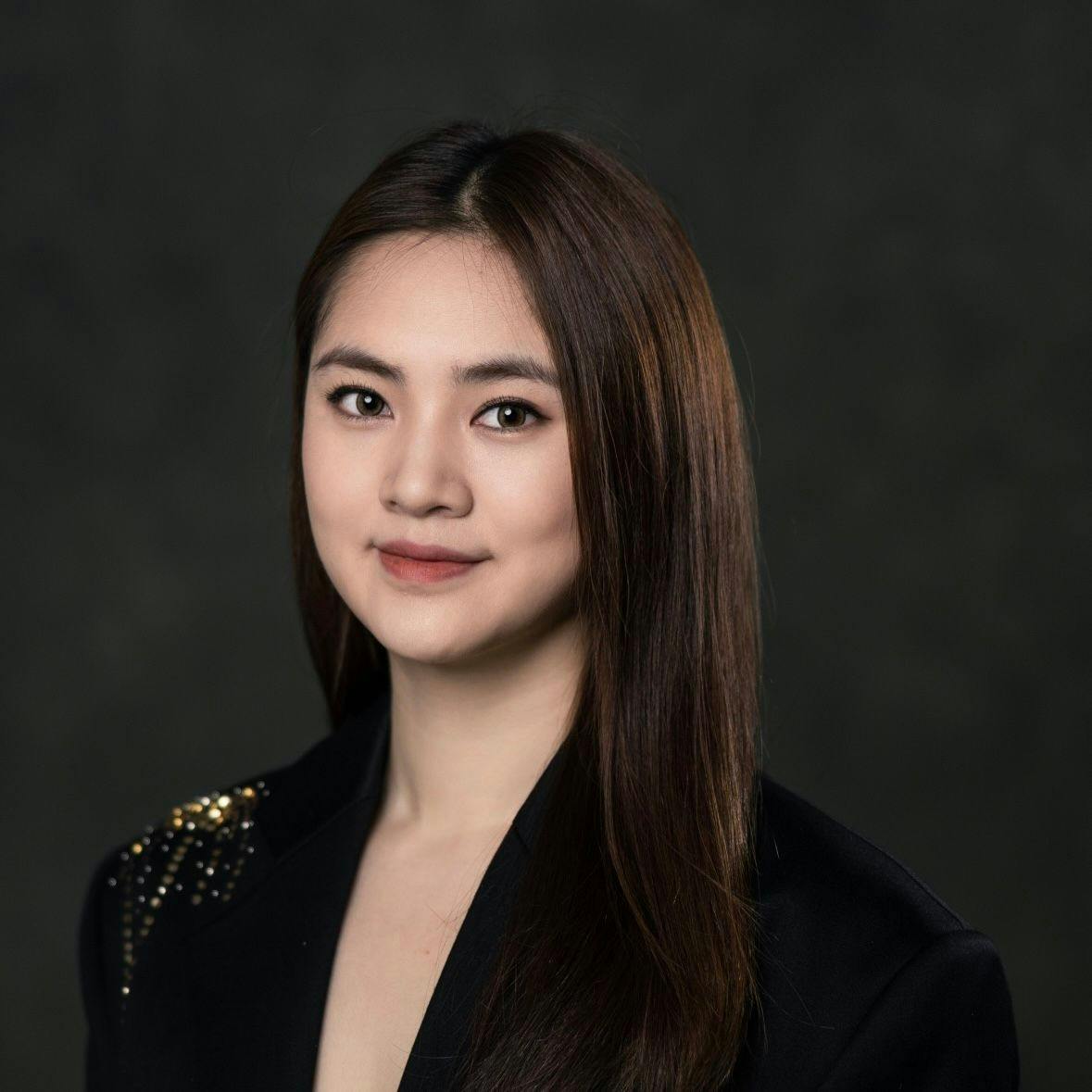Key Takeaways:#
- Brands building cult followings for luxury items among digitally native fans is now a world away from the days when fashion editors defined trends. Max Mara’s campaign, “Treasure Island Max Mara,” builds upon the marine-inspired AW20 collection through a quirky narrative based upon a treasure hunt.
- The campaign has significantly driven customer engagement through a number of ways: the personification of the teddy bear character; the gamification of the treasure hunt journey, and a dedicated KOL strategy that leveraged the ample social influence of the featured celebrities,
- From online-to-offline, Max Mara has implemented a seismic shift, transitioning from a low-profile brand adverse to hard-sell activations, to a proactive digital player conforming to the omnichannel trend in a nimble landscape.
Creating a signature product is the best way for a luxury house to strengthen their memorability and build relevance with consumers. Legacy houses such as Chanel and Yves Saint Laurent have their staples — whether it's the 2.55 handbag or the classic Le Smoking tuxedo suit — which over time, have become synonymous with the brand.
In fact, these items, be it bags or shoes, often enter fashion’s history, becoming indispensable hero items that transcend trends. For a brand they are essentially: they build loyalty and convert into sales. Among digitally native fans, building cult followings for new luxury items is a world away from the old days when fashion editors defined trends.
This Fall 2020 season, Max Mara has done just that — building its Teddy Coat into a hit item in China’s luxury market — marking both a monumental milestone of brand rejuvenation and digital transformation. But, as luxury players dip into the social marketing pool in a post-pandemic China, what distinguishes a hero product from numerous launches, limited-editions, and drops targeting the market?
Here, Jing Daily scrutinized how the fashion brand representing typical Italian craftsmanship found its outlet among Chinese young customers in the digital era through its coveted furry namesake.
The same, signature product told in a new way#
Luxury brands often draw inspiration from their archives and rebrand, or reinterpret, them for new audiences. These re-releases repeatedly benefit from retro-inspired trends in the fashion arena. The popularity of newly launched bags such as Gucci’s Jackie 1961 and Prada’s Cleo attest to the long-acknowledged tactic of houses having “It” bags. Max Mara, on the other hand, is tapping the coat trend.
The Teddy Coat debuted in Fall 2017, yet the cult following of the product was accelerated by the brand’s digital transformation during 2020. Leaning on its Teddy Coat, instead of a classic design like a trench or belted coats, the brand has increased its stickiness with quirky and engaging digital storytelling.
This season’s campaign, “Treasure Island Max Mara,” builds upon the marine-inspired AW20 collection's, featuring a narrative around a treasure hunt journey with Captain Max and his crew. The journey was divided into five chapters and went live on Max Mara’s WeChat official account and Weibo. Players received instant incentives — including coupons valued $78 and a chance to win limited-edition Teddy dolls — upon completion of the virtual expedition; those who completed all five episodes have the opportunity to win a complementary Teddy Coat.
Tapping wider demographics via extensive celebrity endorsements#
Consistent with Max Mara’s longstanding commitment to female empowerment, the brand has collaborated with many strong female celebrities, including Li Yuchun, Zhou Dongyu, Wan Qian and Dilraba to leverage magazine cover stories.
In addition to casting relatively mature females, this season’s campaign featured younger generation stars like actor Wei Daxun and Gen-Z actress Guan Xiaotong, who appeared at the brand’s first offline pop-up shop opening in Chengdu. The dynamic approach altered the brand image moving from working women and office scenarios frequently delivered via TV shows and previous campaign aesthetics.
Another breakthrough of this season’s strategy was to promote the growing gender-neutral trend favoured among local young consumers; through teaming up with male actors Wei Daxun, Greg Han Hsu, and Deng Lun, Max Mara illustrated its commitment to diversity and inclusivity.

The endorsement of the featured young male faces not only engaged the stars’ female fan bases but also cultivated potential male consumers. This wide net of celebrity endorsements blurred the sexual boundaries of the coat’s target consumers, ensuring an even broader reach.
Through the personification of the teddy bear character and the gamification of the treasure hunt journey, in addition to a dedicated KOL strategy that leveraged the ample social influence of featured celebrities, the campaign has driven significant customer engagement. Thanks to these combined factors, the Weibo campaign hashtag #TreasureIslandMaxMara, as of publication, has garnered over 110 million views.
Maximizing “evental” marketing with omnichannel strategies#
The ongoing travel restrictions due to COVID-19 have encouraged domestic luxury consumption, which has brought promising growth potential to luxury houses leaning on China’s market. Given this, the Teddy Bear campaign cleverly amplified Max Mara’s offline presence, as well as its online.
In addition to social initiatives across platforms like Weibo, WeChat, Little Red Book, and Douyin, the house opened pop-up stores in 13 cities. Interestingly, Max Mara has broadened its geographical scope here; the roll-out has included typical first-tier cities such as Beijing, Shanghai, and Shenzhen, which have been joined by prominent regional markets like Chengdu, Hangzhou, Nanjing, and Wuhan.
Meanwhile, through a partnership with the high-end hospitality provider Shimao Hotels & Resorts Group, customers’ physical engagement with the campaign can extend beyond in-store. A teddy-themed afternoon tea, featuring a unique Teddy Bear inspired dessert-set and served exclusively at hotels under the umbrella of the Shimao Group, complimented it. And now, posting afternoon tea experiences have become one of the most-hyped occasions for showcasing high-quality lifestyles. As such, this partnership subtly elevated the social presence of the strategy.

From online-to-offline, Max Mara has undergone a strategic move, shifting from a brand that maintained a low-profile in the social arena to a proactive, digital player that has conformed to the nimble, omnichannel landscape. As brands approach a new normal, balancing their legacies and innovations is crucial to maintaining their exclusivity. Fortunately, mythologizing new products into iconic staples has become an agile point of penetration with younger generations.

